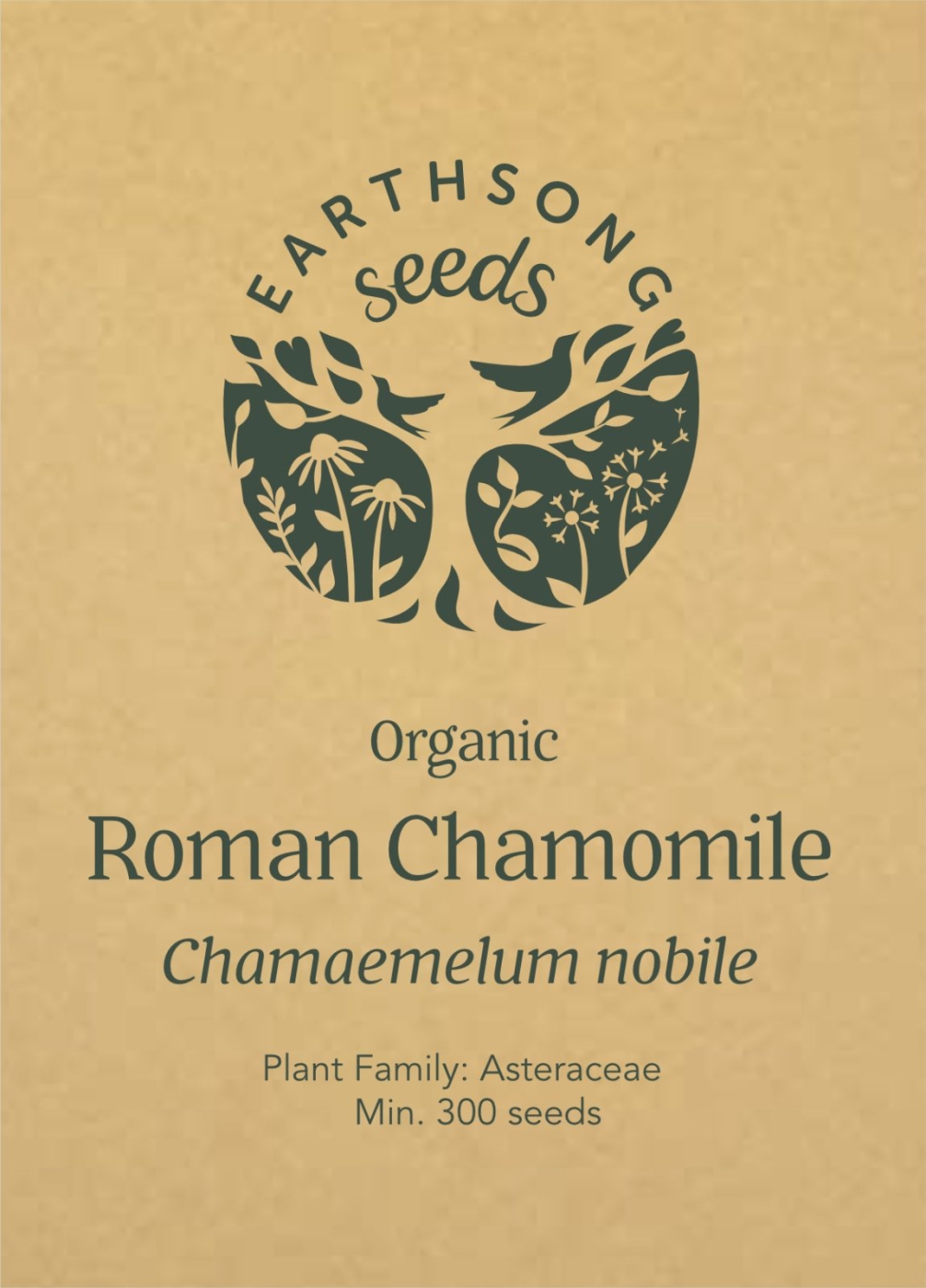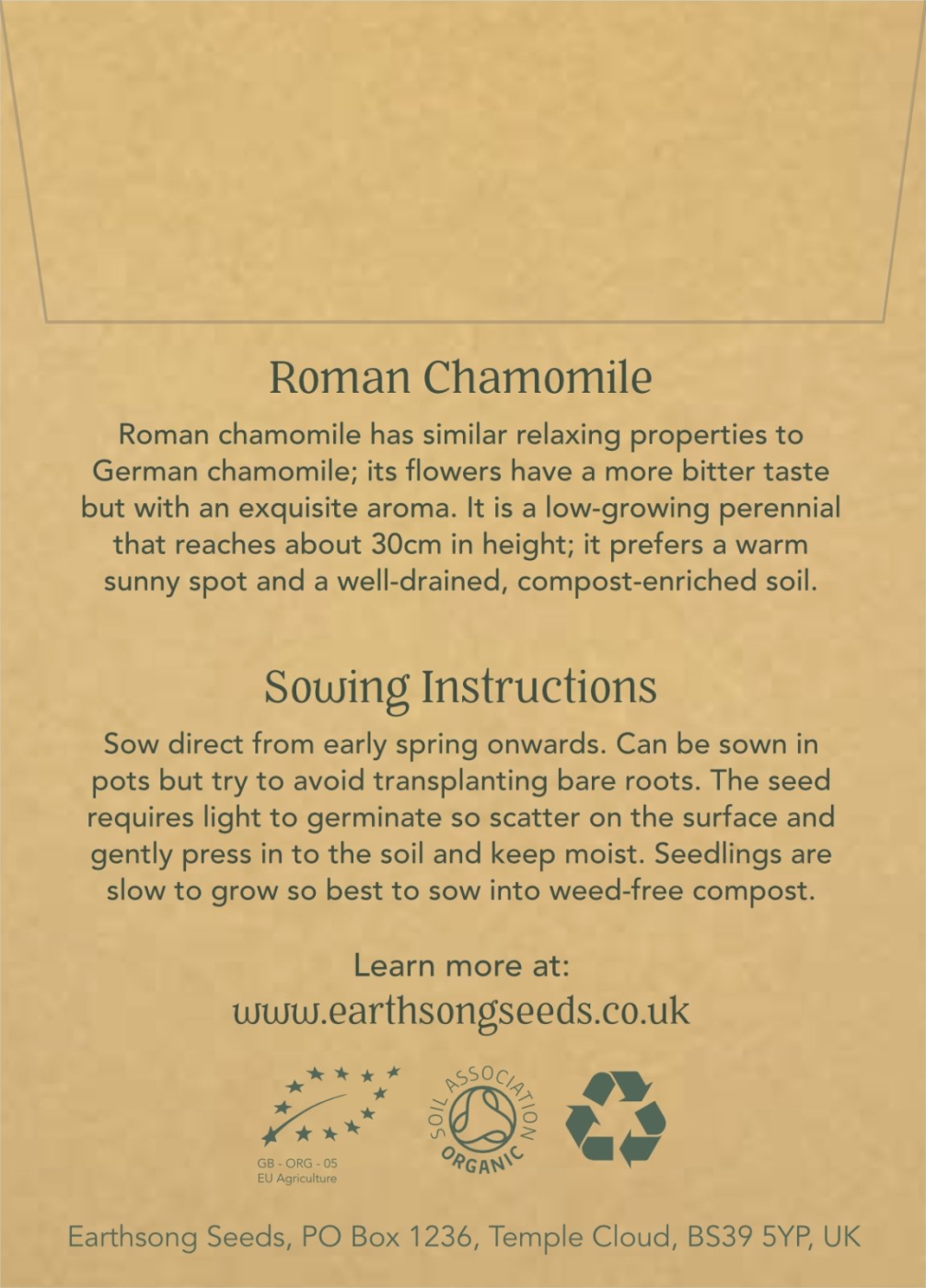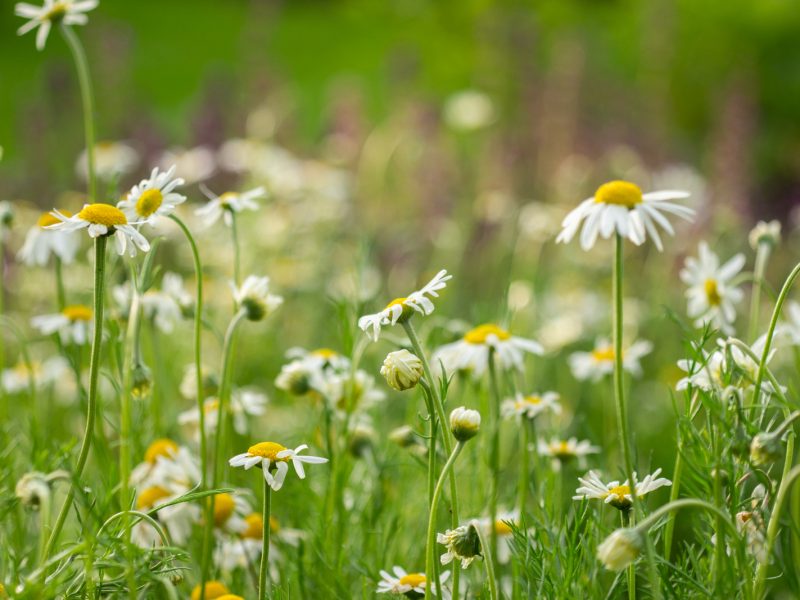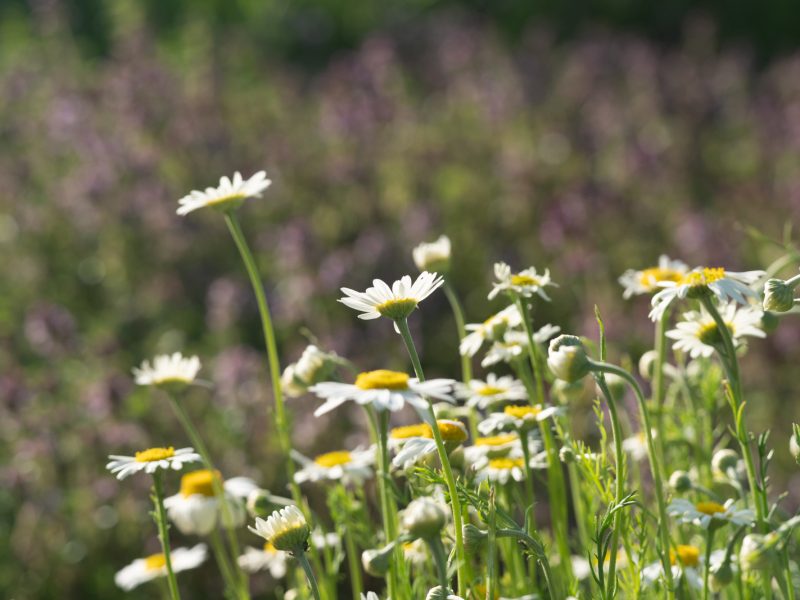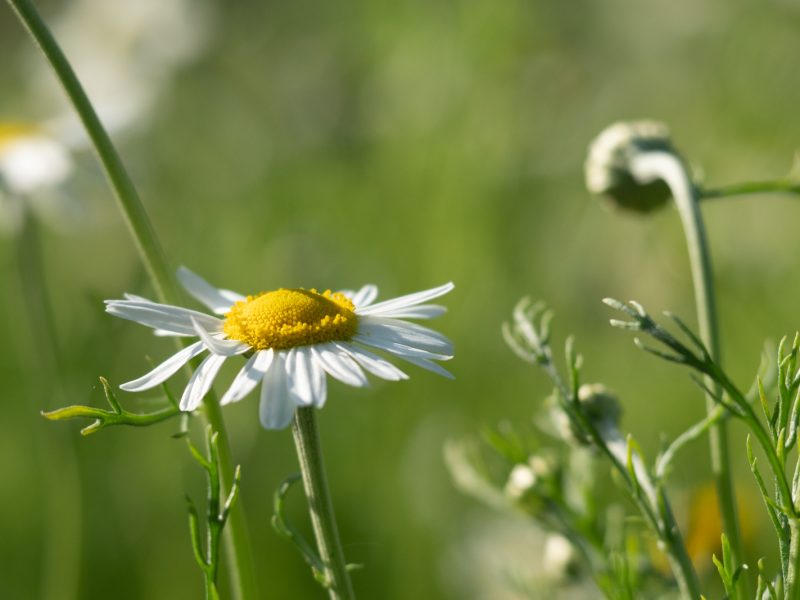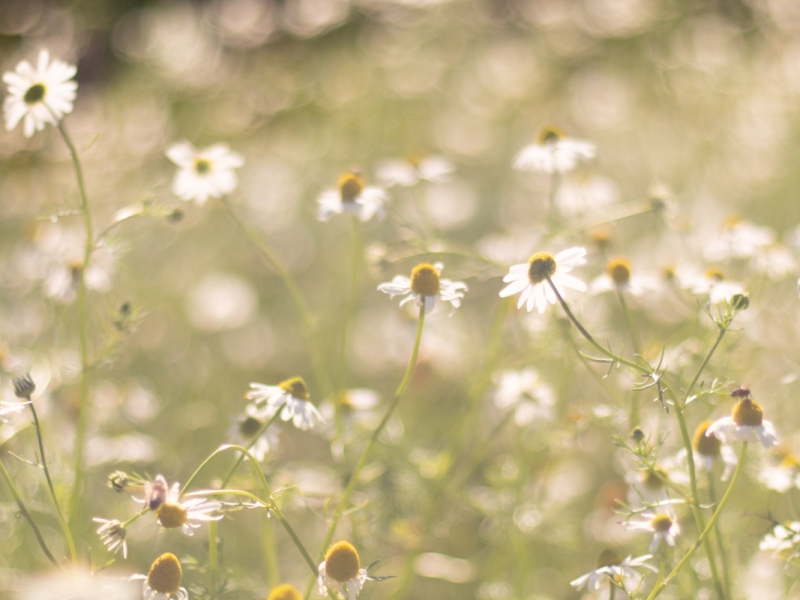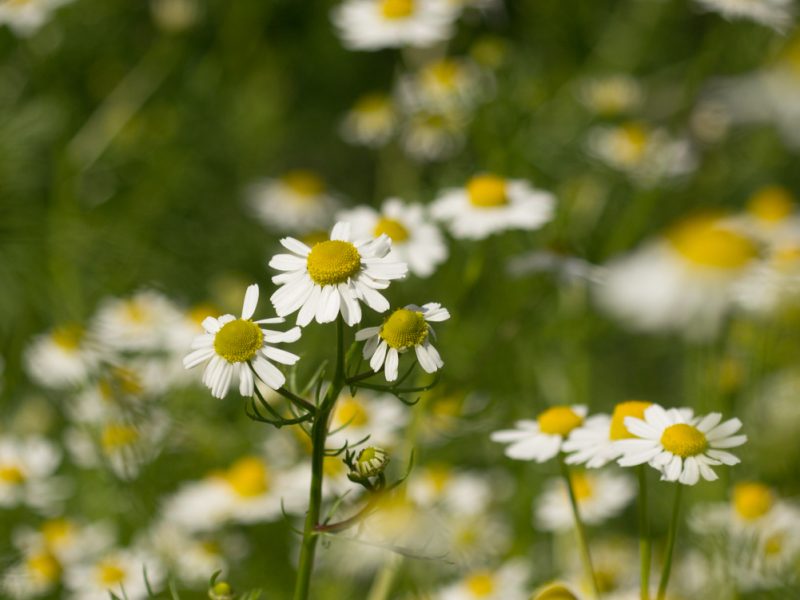Description
Also know as English Chamomile, Roman Chamomile’s daisy-like flowers produce a sweet, herbaceous aroma that is as bright and delicious as a perfect summer’s day.
The name chamomile comes from the Greek ‘chamos’ meaning ‘on the ground’ and Greek ‘melos’ meaning ‘apple’—indicative of chamomile’s aroma which resembles that of apples. Its other botanical name of Anthemis nobile comes from the Greek meaning ‘noble flower’ alluding to its notable therapeutic properties.
We grow two species of chamomile; Matricaria chamomilla, commonly known as German chamomile, and Chamaemelum nobile, known as Roman chamomile or lawn chamomile. Both species are used interchangeably to make ‘chamomile tea’. In some respects they are similar, but they also have some key differences. German chamomile is an annual that behaves like a perennial on account of its tendency to self-seed and re-establish itself where it grew the year before. Roman chamomile, on the other hand, is a true perennial. From the perspective of a gardener, and drinker of chamomile tea, the main difference is that German chamomile produces a LOT more flowers, much more quickly, and they are much sweeter than the comparatively bitter flowers of Roman chamomile. However, Roman chamomile has a much sweeter essential oil with a strong affinity for the skin and mood. Both thrive in full sunshine in well-drained sandy soils.


